Unlike other ancient theaters, the oval-shaped, freestanding amphitheater was a Roman invention. And, as the jewel in the crown of such imposing Roman-made architectural specimens, the Colosseum holds its head high with the towering elliptical tiers that rise to 180 ft (55 m) from the heart of the city. From those very seats, the ‘bloodthirsty’ audience watched the impeccably choreographed mock battles, exotic animal parades and their merciless slaughtering, and even those ‘legendary’ gruesome gladiatorial fights.
But there is more to this exalted arena, than just the collective ancient display of viciousness and pomp. So, without further ado, let us check out some interesting facts that you may not have known about the Colosseum, complemented by some glorious visual reconstructions that recreate the amphitheater at its ancient peak.
Contents
- Vital Statistics
- A Monument Of Victory For The Roman People
- The Name ‘Colosseum’ Comes From Nero’s Statue
- Colosseum Was Built Without Using Mortar
- The Colosseum’s Advanced Internal Design
- Stags, Aurochs, Crocodiles And Even Ostriches!
- From Amphitheater to Housing ‘Complex’
- Consecration In Memory Of Martyred Christians
- Visual Reconstruction of the Colosseum
- Honorable Mention – The Changing of Color
Vital Statistics
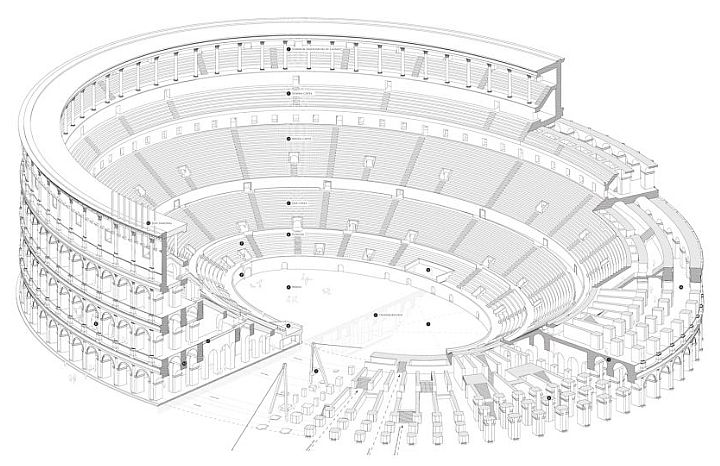
Being elliptical in plan, the Colosseum is 189 m (615 ft) long and 156 m (510 ft) wide – which accounts for almost 500 m (1,640 ft) in circumference, with a base area of 6 acres (24,000 sq m). The inner arena is similarly oval, with a length of 87 m (287 ft) and width of 55 m (180 ft); while being surrounded by a 5 m (16 ft) high wall on all sides – after which the seat tiers started.
As we mentioned before, these tiers ultimately rose to a height of 180 ft (55 m) – thus making the total volume of the Italian amphitheater a whopping 1,320,000 cubic m or 47 million cubic ft. So, it comes as no surprise that during peak events, the Colosseum could hold up to even 50,000 people!
A Monument Of Victory For The Roman People

Some historians believe, the Colosseum (or as it was originally known ‘Amphitheatrum Flavium‘) was funded from the spoils taken from the Second Jewish Temple in Jerusalem, during the brutally suppressed Great Jewish Revolt in 70 AD. In any case, the massive endeavor was undertaken during Emperor Vespasian’s reign, to demonstrate the value of a ‘public’ landmark, as opposed to self-indulgent projects of his much-despised predecessor – Nero.
Quite symbolically (and also practically), the site chosen for the humongous arena was previously an artificial lake that was a part of the absurdly opulent Golden House (Domus Aurea) that Nero had built fueled by his personal whim.
As a result, most of the expansive compounds along with gardens and pavilions were torn down by 69 AD, to make way for the monumental structure and other support buildings, like gladiatorial schools. The grand reclamation project did wonders on the political side of affairs since the Roman citizens were satisfied and even honored (after the disastrous Great Fire of 64 AD) by the magnificent amphitheater.
In many ways, the Colosseum represents the Roman celebration of military victories; but this time the ‘credit’ was heaped upon the Roman public, instead of the usually chosen cases of emperors and leaders.
The Name ‘Colosseum’ Comes From Nero’s Statue
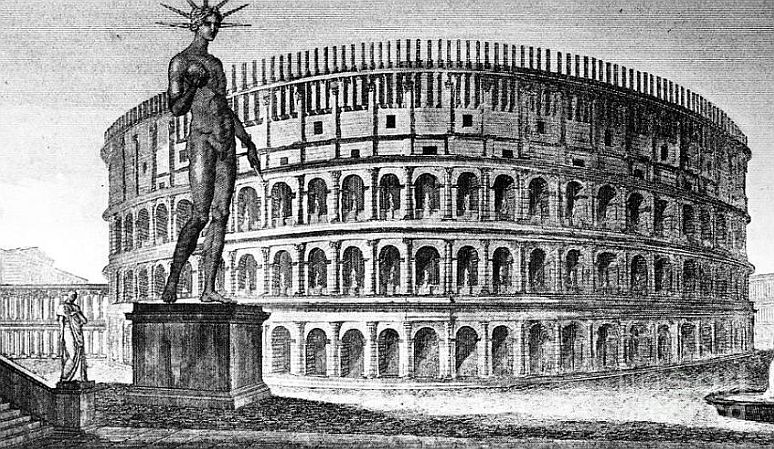
In an ironic turn of events, Nero still seemed to have his revenge in death, since the name ‘Colosseum’ itself is derived from the ‘colossal’ statue of Nero that stood in close proximity to the massive amphitheater. Scholars believe this famous term came into popular usage by the 10th century AD, replacing Amphitheatrum Flavium or Amphitheatrum Caesareum.
Oddly enough, during the construction of the building, Vespasian didn’t destroy the huge piece of sculpture; rather he had the head replaced with that of Apollo (which also had a solar crown). Successive emperors kept on altering this head portion, while the main statue survived well into the middle ages; and preserved with it a fair share of urban legends.
One of these prophetical legends put forth by the Venerable Bede, the English monk from the 8th century, suggested that – “as long as the Colossus (Nero’s statue) stands, Rome will stand, and if it falls, so will Rome, and after that, the rest of the world will follow.” Anyhow, the statue did eventually fall during medieval times, possibly after being pulled down to make use of its precious bronze components.
Colosseum Was Built Without Using Mortar
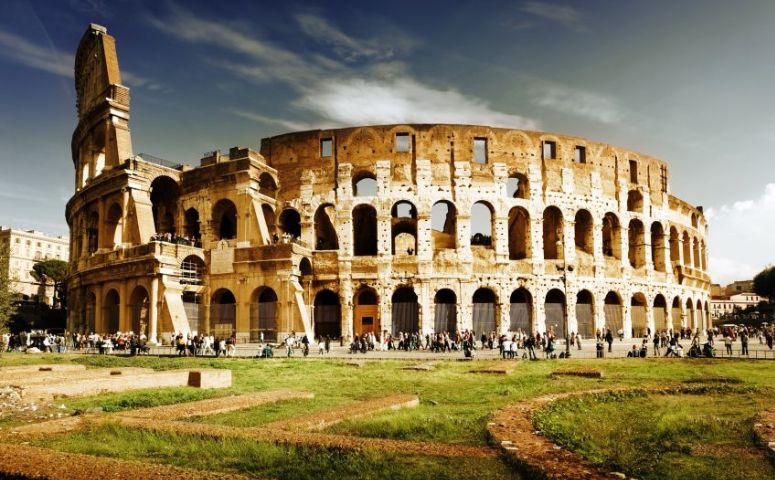
The Romans prided themselves on their engineering skills, and the Colosseum served as a magnificent masterpiece that flaunted their craftsmanship. To that end, the entire building was constructed from over a volume of 100,000 cubic m of travertine stones and tufa (both are varieties of limestone, naturally deposited by hot springs).
These stone blocks were placed without any mortar; instead, the builders opted for more than 300 tons of iron clamps that could hold the components together. Unfortunately, most of the walls have collapsed, with the modern Colosseum’s exterior profile exhibiting what was actually the amphitheater’s massive interior wall.
And, since we are talking about collapsing and dilapidation, the ruins of the Colosseum paradoxically speak volumes about the high level of engineering that went into its construction. In fact, with so many natural calamities affecting the structure – which includes major fire damage from lightning and a series of earthquakes, it remains a wonder that any extant grand structural form is still standing proudly in the middle of Rome.
To that end, at least six major renovation projects were carried out before the 6th century AD, which equates to more than one repairing endeavor every century in the first 400 years of the Colosseum’s existence!
The Colosseum’s Advanced Internal Design
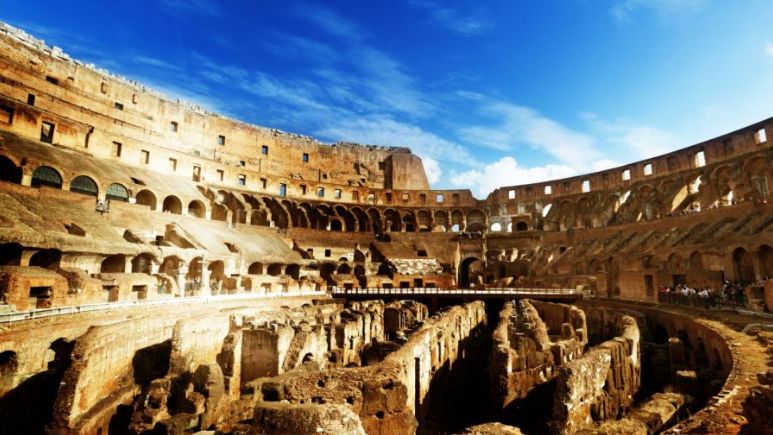
We have been harping about the core engineering values, but the deft internal layout of the Colosseum is equally matched in sheer architectural aptitude. In that regard, the circulation pattern and the system of access points and corridors are astonishingly advanced for their age. These spatial arrangements were tailored to crowd control, and as a result, the amphitheater could easily manage over 50,000 loud, cheering spectators in a clockwork-like manner.
Some of these user/space patterns can be surmised from the seating arrangement of the stadium, which segregated the visitors based on their societal background. For instance, the senators, the equites, the plebeians, and the poor folk were all seated separately, while even more definite social groups – like small boys with their tutors, foreign dignitaries, and soldiers on their leave were given special places to sit.
However, arguably more important was the control arrangement of wild animals – the regular attraction of the Colosseum. And, that is where the famed hypogeum came into the picture (image above the last paragraph), with its intricate double-leveled underground system of cages and tunnels that housed the animals and gladiators alike.
These spectacle ‘participants’ were directly brought to the upper ground level arena via elevators – an effective design scope that had been showcased in a cinematic fashion in Ridley Scott’s ‘Gladiator’. The hypogeum was also used for the purpose of stretching expansive awnings over the open top of the amphitheater. These elaborate systems of pulleys, canvas, ropes, and sockets were operated by actual sailors who were specifically recruited for the job.
Stags, Aurochs, Crocodiles And Even Ostriches!
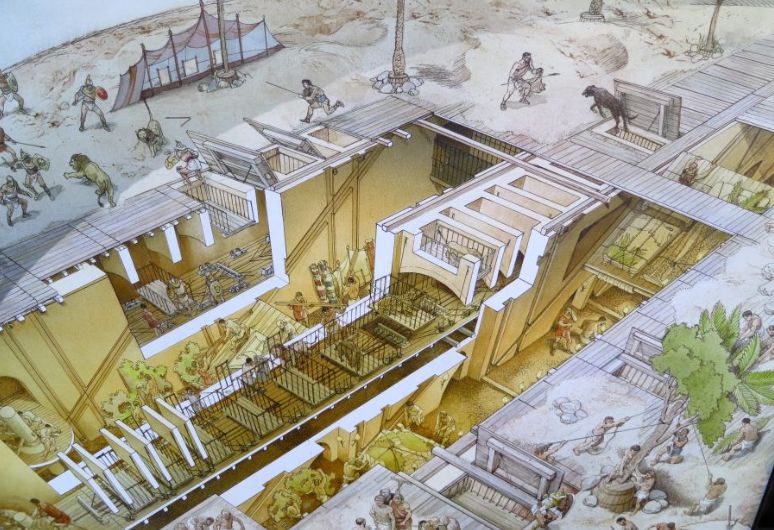
Animals and their subsequent butchering were an intrinsic part of many a spectacle held inside the great Colosseum. We already know of the exhibition of more than 5,000 wild animals, when the Colosseum was officially opened by Emperor Titus (who was Vespasian’s successor) in 80 AD.
Emperor Trajan did one better during his victory celebrations, by introducing 11,000 animals and over 10,000 gladiators – and they were all involved in a string of bloody, clamorous displays for 123 days at a stretch.
The multifarious range of animals included exotic stuff, like rhinoceros, hippopotamuses, giraffes, Barbary lions, Caspian tigers, crocodiles, ostriches, aurochs, and elephants. Some of these foreign creatures were even introduced into the arena with a synchronized backdrop of sylvae – which were basically natural scenery of forests and trees that were painstakingly recreated by technicians, architects, and even painters.
A few ancient writers also talk about renditions of ‘naumachiae‘ or sea battles, with one account describing the use of actual warships floating in the water-filled arena! Though most modern historians discredit such narrations as bouts of imagination, some have suggested that there might have been a subterranean channel below the central axis of the arena that could have drained all the water.
From Amphitheater to Housing ‘Complex’
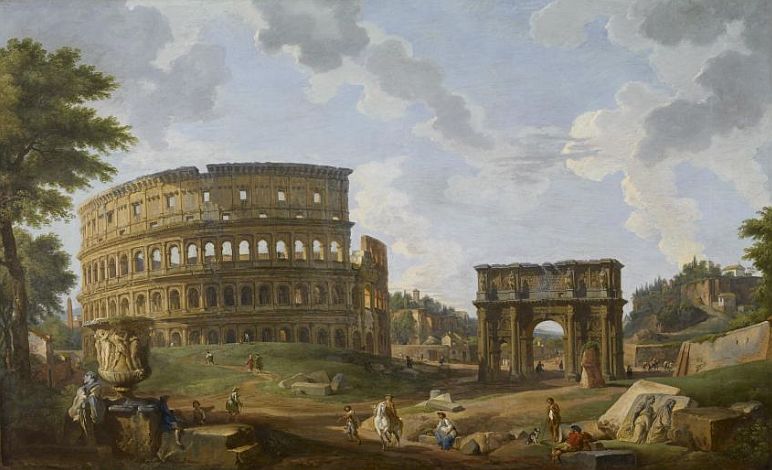
After the period of the 6th century, the Colosseum gradually fell into disuse, with the last recorded animal fight being held in 523 AD. In the centuries leading up to conventional medieval times, the arena may have been used as an expansive cemetery ground. During the same period, the numerous arrangements of vaults, arcades, and alcoves underneath the seating tiers were used as workshops and residences, with some even requiring rent for habitation.
By the early 13th century, the Frangipani family (a powerful baronial family from Rome) took control of the Colosseum and turned it into a fortified castle. In the following years, the stones from the landmark were illegally quarried, to be used in proximate buildings like churches, mansions, and hospitals.
But perhaps the most bizarre (and yet probably conscientious) plan concerning the amphitheater, was made by Pope Sixtus V when he decided to utilize the monumental structure as a wool factory that would provide employment to the emancipated prostitutes from the local area.
A century later, Cardinal Altieri authorized the use of the amphitheater as a stadium for bullfighting – but the proposal didn’t go ahead due to the interference of the city nobles and eminent citizens.
Consecration In Memory Of Martyred Christians
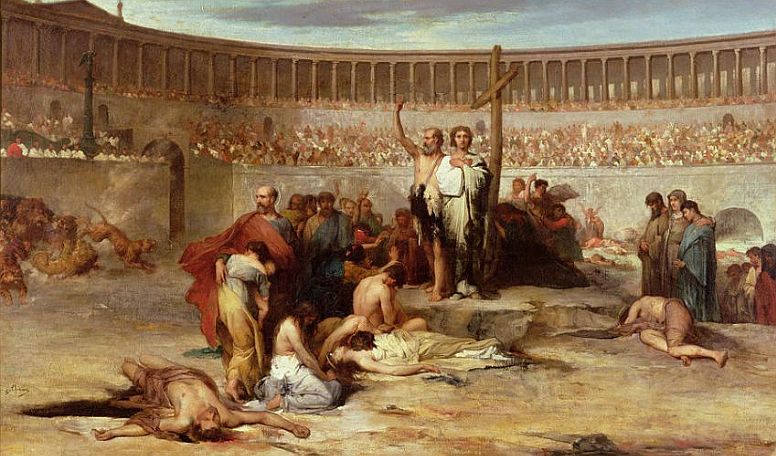
The Colosseum became church property by the late 13th century. And finally, in 1744 AD (or 1749 AD), Pope Benedict XIV made the momentous decision of consecrating the amphitheater as a sacred site – in memory of the early Christians who (supposedly) died as martyrs in front of the howling Roman crowd. Since then the Colosseum has been associated with Christian martyrdom, with parallels even found in later literary works, like George Bernard Shaw’s play Androcles and the Lion.
Unfortunately, as far as historical evidence goes, no connections have been found between the grand monument and such early instances of religious martyrdom (as opposed to credible proofs being documented in the case of Circus Maximus). In spite of such disputable claims, contemporary visitors can still find a cross in the arena that had been probably embedded during the 18th century.
Visual Reconstruction of the Colosseum
Blood, dust, sands, and glory – these are the words that come to mind when traversing the pop cultural landscape of the Colosseum. But as far as history goes, there was more to this exalted arena, than just the collective ancient display of viciousness and pomp. To that end, the folks over at Altair4 Multimedia have digitally reconstructed this massive architectural wonder within the incredible scope of ancient Rome – presented above.
The above video presents a VR perspective (via Oculus Rift) – made by the folks over at Radical VR. It aptly presents a grandiose scope of the Colosseum, accompanied by a good commentary.
And lastly, History in 3D has presented an impressive reconstruction of the ancient amphitheater, as a part of their ambitious “Rome in 3D” project.
Honorable Mention – The Changing of Color
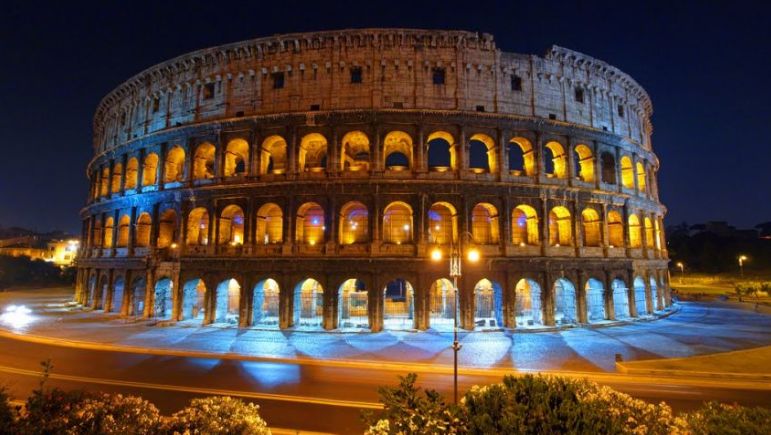
Historical evidence, however, does clearly suggest the vicious scope of carnage that took place inside the amphitheater during its heydays – be it of ordinary criminals, innocent animals, or professional gladiators. To that end, in recent years since 2000, the Colosseum had been antithetically chosen as the symbol against capital punishment.
As a gesture of goodwill towards this movement, the authorities of the Colosseum change its night lighting from white to gold when a death sentence has been commuted or when the death penalty has been abolished – from anywhere in the world. A striking example of such poignant illumination would be from the month of April 2009, when the US state of New Mexico revoked its capital punishment system.
Online Sources: Rome.net (link) / VisopnPUBL / Britannica
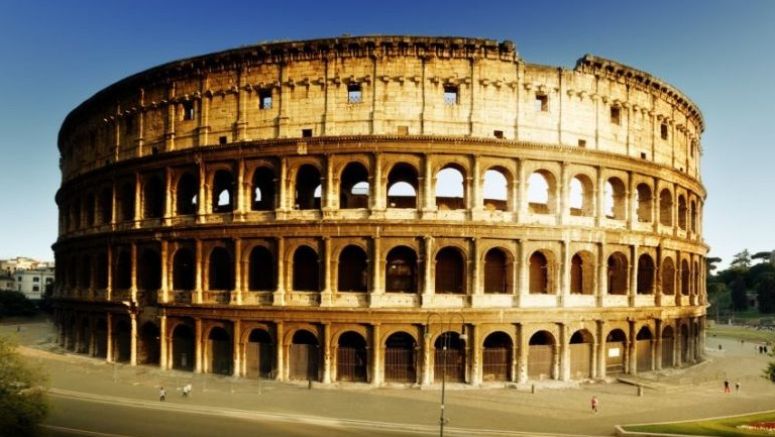



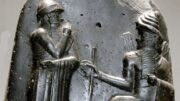
Be the first to comment on "Colosseum: The Incredible Ancient Engineering Feat of Rome"